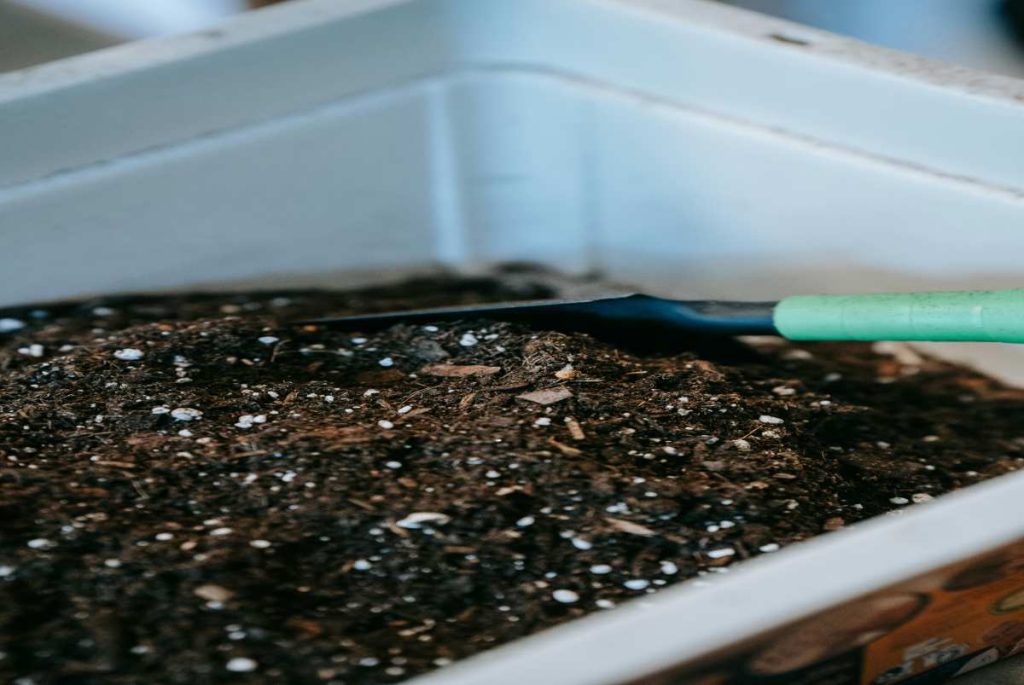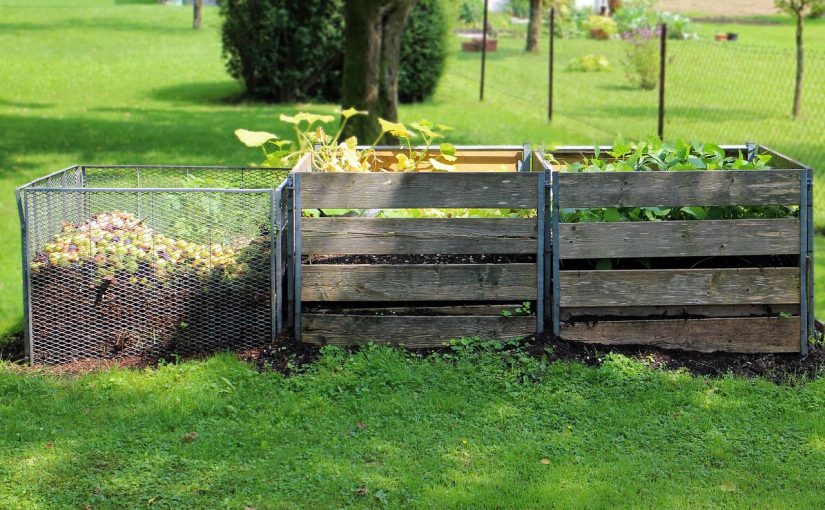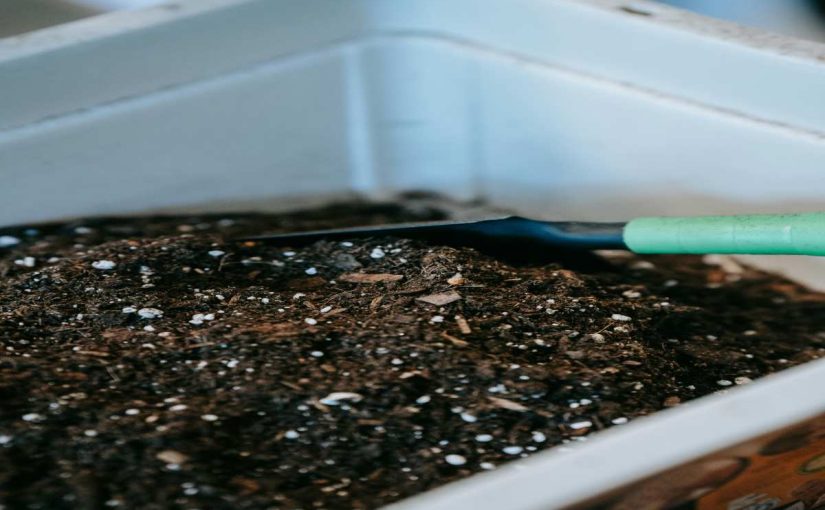Indigenous composting techniques have been practiced for centuries, offering a sustainable way to enrich the soil and promote long-term agricultural health. Rooted in tradition, these methods are environmentally friendly and use locally available resources, making them both effective and accessible. This guide explores various indigenous composting methods and how they contribute to sustainable farming practices.
1. Pit Composting: An Ancient Soil-Enrichment Technique
Pit composting involves burying organic waste in pits dug into the ground, allowing natural decomposition to occur underground.
How It Works:
- A pit is dug, typically 2–3 feet deep, and organic materials like crop residues, food scraps, and animal manure are added.
- Layers of soil are added between organic layers to promote microbial activity.
- After filling, the pit is covered with soil and left to decompose for several months.
Advantages:
- Retains moisture and nutrients, preventing loss through evaporation or leaching.
- Keeps pests and odors at bay.
Regions of Practice: Common in semi-arid areas where water conservation is crucial.
2. Vermiculture: Harnessing Worms for Soil Health
Vermiculture, or worm composting, has been a traditional practice in regions of Asia and Africa, where earthworms are used to decompose organic matter.
How It Works:
- Organic waste is layered with soil in a shallow pit or container.
- Earthworms like Eisenia fetida (red wigglers) break down the waste, converting it into nutrient-rich worm castings.
Benefits:
- Produces high-quality compost packed with beneficial microbes.
- Enhances soil aeration and water retention.
Cultural Use: Widely used in India for small-scale organic farming.
3. Trench Composting: Integrating Waste Directly into Fields
Trench composting involves burying organic waste directly in trenches dug between crop rows, a method favored by indigenous farmers for its simplicity.
How It Works:
- Trenches are dug in between crop rows, and organic waste is placed directly into them.
- The trenches are covered with soil, and crops are planted nearby.
- Over time, the waste decomposes, releasing nutrients directly into the root zone.
Benefits:
- Reduces labor and transportation of compost.
- Enriches the soil without additional applications.
Traditional Use: Practiced in regions of Africa and Latin America to maximize crop yield with minimal input.
4. Heap Composting: A Communal Approach
Heap composting, often done in open spaces, is a traditional technique in rural communities where waste from households and farms is composted collectively.
How It Works:
- Organic waste is piled into heaps and covered with straw, banana leaves, or soil to retain moisture.
- The heap is occasionally turned to aerate and speed up decomposition.
Advantages:
- Easy to set up and manage without equipment.
- Encourages community participation in sustainable waste management.
Cultural Insight: In African villages, heap composting often doubles as a community activity, fostering collective responsibility for soil health.
5. Fukuoka Method: Emulating Natural Decomposition
Inspired by traditional Japanese farming, the Fukuoka method emphasizes no-till farming and natural composting on the field itself.
How It Works:
- Crop residues, weeds, and organic waste are left on the soil surface as mulch.
- Over time, this organic layer decomposes, enriching the soil with nutrients.
Advantages:
- Prevents soil erosion and conserves moisture.
- Mimics natural ecosystems, reducing human intervention.
Indigenous Practice: Closely aligns with the Chisan Chisui philosophy of Japanese sustainable farming.

6. Indigenous Biochar Composting
Biochar composting, practiced in the Amazon basin as Terra Preta (black earth), combines charcoal with organic waste to create highly fertile soil.
How It Works:
- Organic waste is mixed with biochar (charcoal produced by burning biomass in a low-oxygen environment).
- This mixture is composted to form a carbon-rich soil amendment.
Benefits:
- Improves soil fertility and carbon sequestration.
- Enhances microbial activity and nutrient retention.
Historical Roots: Terra Preta soils have been used by indigenous Amazonian farmers for thousands of years.
7. Fermented Organic Matter (Indigenous EM)
In many Asian cultures, effective microorganisms (EM) are used to ferment organic matter, creating a fast-acting compost solution.
How It Works:
- Organic waste is mixed with EM solution and allowed to ferment in an airtight container or pit.
- The fermented product is added to the soil or diluted with water for use as a liquid fertilizer.
Advantages:
- Quick composting process (2–4 weeks).
- Promotes soil microbial diversity.
Regions of Practice: Popular in countries like Japan and the Philippines for rice farming.
8. Livestock Manure Composting: A Traditional Staple
Animal manure composting is a centuries-old practice in indigenous farming systems, particularly in regions reliant on livestock.
How It Works:
- Manure from cattle, goats, or poultry is mixed with bedding materials like straw or leaves.
- The pile is turned regularly to ensure even decomposition and reduce pathogens.
Benefits:
- Rich in nitrogen, phosphorus, and potassium.
- Reduces waste accumulation on farms.
Traditional Practice: Found in Indian and African farming systems where livestock are integral to the community.
Why Indigenous Composting Techniques are Sustainable
Indigenous composting methods are sustainable because they:
- Utilize Local Resources: Minimize reliance on synthetic inputs.
- Support Soil Health: Improve fertility without degrading the land.
- Reduce Environmental Impact: Recycle organic waste, reducing landfill use.
- Promote Community Practices: Encourage collaborative efforts and cultural preservation.
How to Incorporate Indigenous Composting into Modern Farming
- Learn Local Practices: Understand the traditional methods used in your area.
- Adapt Techniques: Modify indigenous methods to suit your farming scale and needs.
- Combine Approaches: Integrate indigenous techniques with modern composting tools for enhanced results.
- Educate Communities: Share the benefits of these practices with fellow farmers.
Conclusion
Indigenous composting techniques are a treasure trove of sustainable farming wisdom. By adopting these age-old methods, farmers can nurture their soil, reduce waste, and cultivate crops in harmony with nature. Whether you’re a small-scale gardener or a large-scale farmer, these techniques offer valuable insights into eco-friendly agriculture that stands the test of time.




